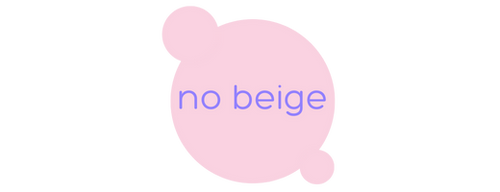Anna von Lipa - Product care by Glass
The use of glass
Glass is a fantastic material. It is both fragile and incredibly strong at the same time. Of course, it has a physical strength, can withstand e.g. moisture, sun and frost, but is also just as strong in its artistic and aesthetic expression. The transparency and reflection of the glass creates depth when it plays with the light in refractions and reflections. Blowing glass is a fascinating and time-consuming process. The artist handles the glass when it is still liquid to when it is up to 1300˚ Celsius. Of course, there are also challenges with glass, and we have collected the most common questions here.

Air bubbles
They are called charm bubbles. They occur naturally in the work process when air is trapped between the different glass layers. A glass is blown in several layers and air bubbles are likely to form. Smaller air bubbles characterize handmade glass and are not considered a quality deterioration.
Care of glass
- The crystal glasses can be machine washed when you follow the following recommendations:
- - Use a short washing program, less than 60˚ celcius, without a drying program.
- - Open the door of the washing machine so that the water can evaporate and dry your glasses with a tea towel.
- - The glasses are resistant to mild acids, but not stronger acids such as "minus lime", as well as various descaling agents that you normally buy in the household. Instead, we recommend that you use citric or acetic acid.
Natural colors
The crystal glasses are colored. A combination of traditional technology and earth minerals sums up the wide range of colours. The bluish shades are achieved by adding the liquid glass mass Cobalt oxide. The green and brownish colors are associated with iron. Pink and Ruby with Gold Chloride. We love stained glass and are fascinated by their collaboration with the skilled glass masters, who have extensive experience in developing the most fantastic colors from nature's treasury.

Quality
The crystal glasses do not contain lead. They only produce environmental crystal. Leaded crystal glass is unsuitable for food and drink. In some of their designs, where extra demands are made for strength, lightness and shine, the element Barium is used. Especially for the series of mouth-blown wine glasses "Lyon" and "Limoux".





